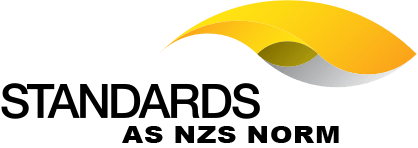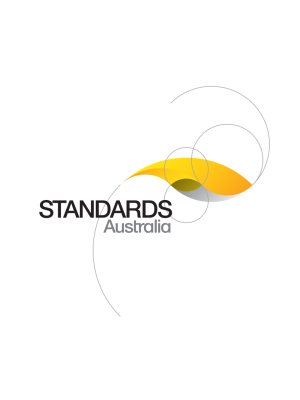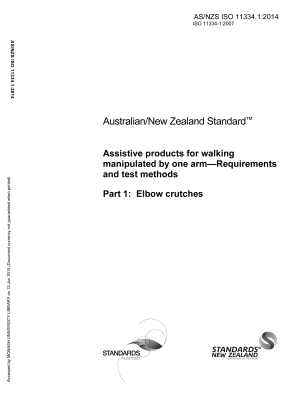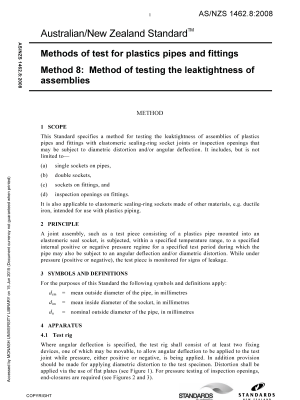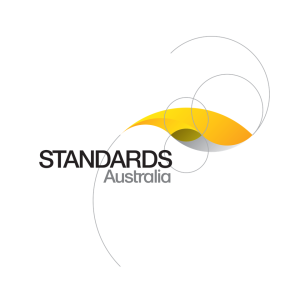🔍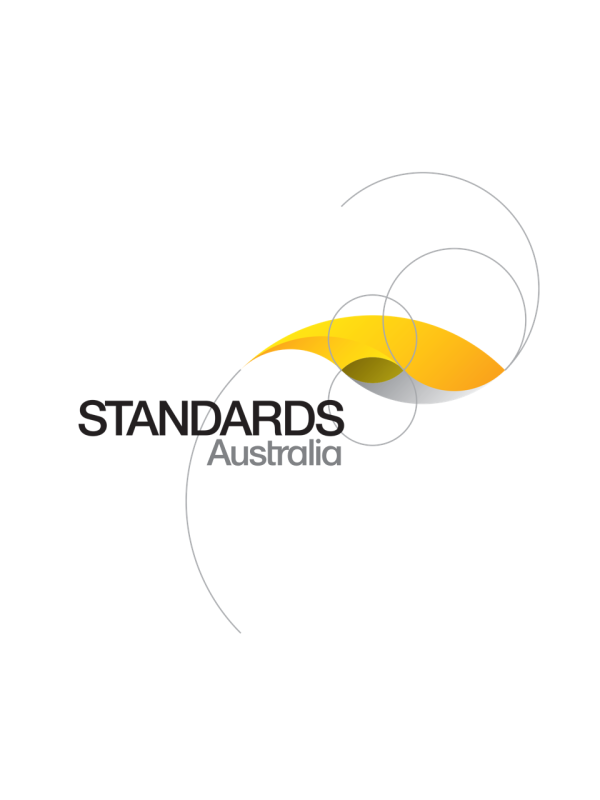

Purchase the full subscription package now and enjoy a 40% discount, along with free updates for future editions.
AS/NZS 1554.1:2011
$297.23
Structural steel welding, Part 1: Welding of steel structures
Specifies requirements for the welding of steel structures made up of combinations of steel plate, sheet or sections, including hollow sections and built-up sections, or castings and forgings. It is limited to the welding of steel parent material with a specified minimum yield strength not exceeding 500 MPa. It does not apply to oxyacetylene, friction, thermit or resistance welding processes or to the welding of pressure vessels or pressure piping.
Table of contents
Header
About this publication
Preface
1 Scope and general
1.1 Scope
1.2 Exclusions
1.3 Innovation
1.4 Normative references
1.5 Definitions and symbols
1.5.1 Definitions
1.5.2 Symbols
1.6 Weld categories
1.7 Management of quality
1.7.1 Quality management
1.7.2 Basic welding requirements
1.8 Safety
1.8.1 Safety equipment and procedures
1.8.2 Welding equipment
1.8.3 Other hazards
2 Materials of construction
2.1 Parent material
2.2 Backing material
2.3 Welding consumables
2.3.1 Electrodes and filler wires
2.3.2 Care of electrodes and filler wires
2.3.3 Flux
2.3.4 Shielding gas
3 Details of welded connections
3.1 General
3.1.1 Permissible weld types
3.1.2 Design stresses
3.1.3 Drawings
3.2 Butt welds
3.2.1 Size of weld
3.2.2 Design throat thickness
3.2.2.1 Complete penetration butt weld
3.2.2.2 Incomplete penetration butt weld
3.2.3 Effective length
3.2.4 Effective area
3.2.5 Transition of thickness or width
3.3 Fillet welds
3.3.1 Size of weld
3.3.2 Design throat thickness
3.3.3 Effective length
3.3.4 Effective area
3.3.5 Minimum size of fillet welds
3.3.6 Maximum size of fillet welds along edges
3.4 Compound welds
3.4.1 Description
3.4.2 Design throat thickness (DTT)
3.4.2.1 Compound welds with complete penetration welds in the T-joint
3.4.2.2 Compound welds with incomplete penetration welds
3.5 Seal welds
3.6 Plug welds
3.7 Slot welds
3.8 Combining steel sections
4 Qualification of procedures and personnel
4.1 Qualification of welding procedure
4.1.1 General
4.1.2 Butt welds
4.1.3 Fillet welds
4.1.4 Qualification of multiple welding positions
4.2 Methods for qualifying a welding procedure
4.3 Prequalified welding procedures
4.4 Portability of qualified welding procedures
4.5 Prequalified joint preparations
4.5.1 General
4.5.2 Prequalified complete penetration butt welds
4.5.3 Prequalified incomplete penetration butt welds
4.5.4 Prequalified fillet welds
4.5.5 Additional requirements for welds in hollow section members
4.5.5.1 Complete penetration butt welds
4.5.5.2 Fillet welds
4.5.5.3 Combination of fillet and butt welds
4.5.5.4 Circular hollow section connections
4.5.5.5 End-to-surface connections of rectangular hollow sections
4.6 Qualification of welding consumables
4.6.1 Prequalified welding consumables
4.6.1.1 General
4.6.1.2 Weather-resistant steels
4.6.1.3 Consumables for designated seismic service
4.6.2 Qualification of welding consumables by testing
4.7 Qualification of welding procedure by testing
4.7.1 Method of qualification
4.7.2 Preparation of special test piece
4.7.3 Dimensions of test pieces
4.7.4 Macro test
4.7.5 Transverse butt tensile test
4.7.6 Bend test
4.7.7 Charpy impact test
4.7.8 Hardness comparison test for parent metal and weld metal
4.7.9 Hardness test for weld-heat-affected zones
4.7.10 Retests
4.8 Extension of qualification
4.9 Combination of processes
4.10 Records of tests
4.11 Requalification of welding procedures
4.12 Qualification of welding personnel
4.12.1 Welding supervisor
4.12.2 Welders
4.12.2.1 General
4.12.2.2 Qualification via Standards
4.12.2.3 Qualification via visual and macro examination
4.12.2.4 Reapproval
5 Workmanship
5.1 Preparation of edges for welding
5.1.1 General
5.1.2 Thermal cutting
5.2 Assembly
5.2.1 General
5.2.2 Alignment of butt-welded joints
5.2.3 Alignment of fillet welds and incomplete penetration butt welds
5.2.4 Separation of a backing material
5.3 Preheating and inter-run control
5.3.1 General
5.3.2 Need for preheating
5.3.3 Extent of preheating and cooling after welding
5.3.4 Determination of preheating temperature
5.3.5 Inter-run temperature determination
5.4 Welding under adverse weather conditions
5.5 Tack welds
5.6 Weld depth-to-width ratio
5.7 Control of distortion and residual stress
5.7.1 General
5.7.2 Stressed parts
5.7.3 Peening
5.7.4 Correction of distortion
5.8 Backgouging and repair of defects in welds
5.8.1 General
5.8.2 Removal of weld metal
5.8.3 Grinding
5.8.4 Stop starts
5.9 Temporary attachments
5.10 Arc strikes
5.11 Cleaning of finished welds
5.12 Dressing of butt welds
6 Quality of welds
6.1 Categories of welds
6.2 Methods of inspection and permissible levels of imperfections
6.2.1 Methods of inspection of completed welds
6.2.2 Permissible levels of imperfection
6.2.3 Adjacent imperfections
6.2.3.1 Aligned
6.2.3.2 Overlapping
6.2.3.3 Overlapping vertical displacement
6.2.4 Interpretation of tests
6.3 Radiography
6.3.1 Method
6.3.2 IQI sensitivity
6.3.3 Acceptance limits
6.4 Ultrasonic examination
6.4.1 Method
6.4.2 Evaluation
6.4.3 Acceptance limits
6.5 Magnetic particle examination
6.6 Liquid penetrant examination
6.7 Weld defects
6.8 Reporting
7 Inspection
7.1 General
7.2 Qualifications of inspectors
7.3 Visual inspection of work
7.4 Non-destructive examination other than visual
Appendix A
Appendix B
B1 Methods
B2 Notch-ductile range method
B3 Design service temperature
B3.1 General
B3.2 Basic design temperature
B3.3 Modifications to the basic design temperature
B4 Material selection
B4.1 Selection of steel type
B4.2 Limitations
B4.3 Modification for certain applications
B4.3.1 Steel subject to strain between 1.0% and 10.0%
B4.3.2 Steel subject to a strain of not less than 10%
B4.3.3 Post-weld heat-treated members
B4.3.4 Non-complying conditions
B5 Fracture assessment
Appendix C
Appendix D
Appendix E
E1 Notation for joint identification
E2 Notation for dimensions, positions and backing material
E3 Notation for processes
E4 Example
Appendix F
F1 General
F2 System changes
F2.1 Strength
F2.2 Impact resistance
F2.3 Flux designations (MMAW)
F2.4 Usability designations (FCAW)
F2.5 Positional designations
F2.6 Weld metal hydrogen
F3 Extension of weld procedure qualification
F4 Other processes
Appendix G
Bibliography
Cited references in this standard
Content history
[Current]
[Superseded]
[Superseded]
DR 08076
Please select a variation to view its description.
| Published | 17/06/2011 |
|---|---|
| Pages | 106 |
Please select a variation to view its pdf.
